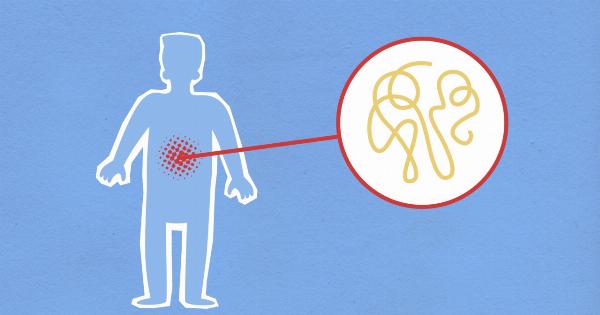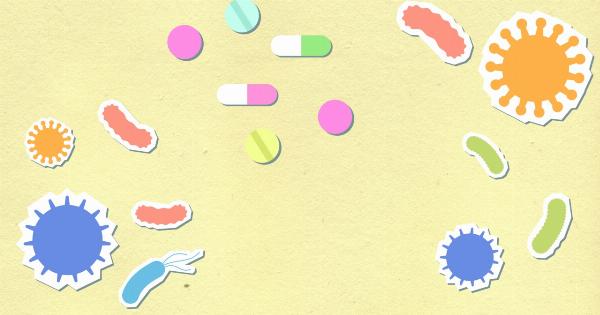Turner Syndrome is a genetic disorder that affects females. This genetic condition occurs when one of the two X chromosomes is missing, partly or entirely, and can result in a variety of physical and medical problems.
In this article, we will discuss the genetic implications, diagnosis, and treatment of Turner Syndrome.
Genetic Implications of Turner Syndrome
Most females are born with two X chromosomes, one inherited from each parent. Turner Syndrome occurs when one of the X chromosomes is missing or incomplete.
This genetic alteration can occur during the formation of the egg or sperm or soon after fertilization in early embryonic development.
In 50% of cases, Turner Syndrome is caused by the complete loss of an X chromosome, and in the remaining cases, the second X chromosome is only partially deleted.
The majority of Turner Syndrome cases are sporadic, which means they occur randomly during the formation of the egg or sperm cell.
Diagnosis of Turner Syndrome
Turner Syndrome can result in various physical and medical problems, and the diagnosis typically occurs during childhood. The earlier the diagnosis is made, the better the chance of effective treatment. The diagnosis process may include:.
Physical Exams and Medical History
Physical exams may reveal several signs and symptoms, including:.
- Short stature
- Webbed neck
- Low-set ears
- Wide-spaced nipples
- Swollen hands and feet at birth
- Low hairline at the back of the neck
Medical history may also play a significant role in the diagnosis of Turner Syndrome. For example, delayed or absent menstrual periods can be an indication of this disorder.
Karyotype Analysis
Karyotype analysis is a genetic test that examines a person’s chromosomes. A sample of blood or other tissue is taken, and the chromosomes are analyzed under a microscope. This test can determine if there is a missing or incomplete X chromosome.
Hormone Testing
Turner Syndrome can affect hormone levels, and hormone testing can be helpful in diagnosis. Hormone testing can determine if estrogen levels are low or if another hormone is not at a proper level.
Treatment of Turner Syndrome
The treatment of Turner Syndrome depends on the symptoms and associated medical issues. In general, treatment options may include:.
Growth Hormone Therapy
Many people with Turner Syndrome have short stature, which can be treated with growth hormone therapy. This treatment involves daily injections of growth hormone, which can promote growth and development.
Estrogen Replacement Therapy
Some females with Turner Syndrome do not produce enough estrogen. Estrogen replacement therapy can help restore estrogen levels, which can manage symptoms such as delayed puberty, menstrual irregularities, and hot flashes.
Surgical Intervention
Some girls with Turner Syndrome may require surgeries to correct structural abnormalities or other medical issues. For example, some may need surgery to correct heart defects or to remove noncancerous growths on the ovaries.
Conclusion
Turner Syndrome is a genetic disorder that can cause a variety of physical and medical problems. Early diagnosis and treatment can greatly enhance outcomes and quality of life.
Understanding the genetic implications, diagnosis, and treatment of Turner Syndrome can help individuals and caregivers manage the condition effectively.



























